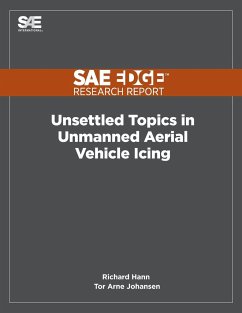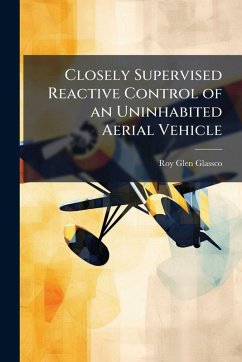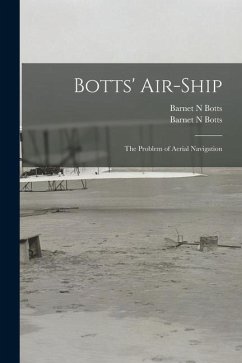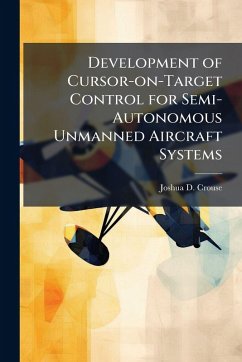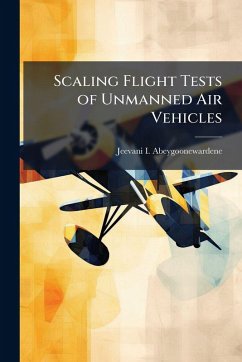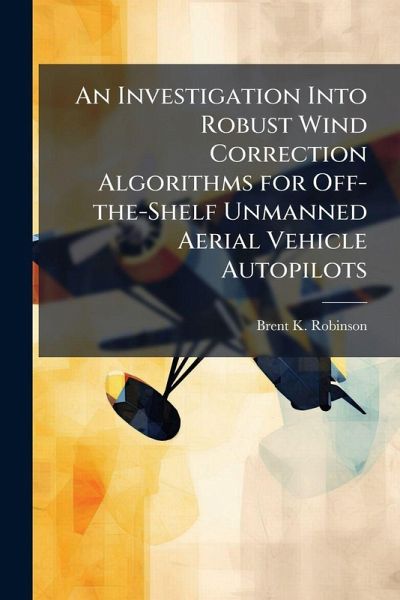
An Investigation Into Robust Wind Correction Algorithms for Off-the-Shelf Unmanned Aerial Vehicle Autopilots

PAYBACK Punkte
9 °P sammeln!
This research effort focuses on developing methods to design efficient wind correction algorithms to "piggy-back" on current off-the-shelf Unmanned Aerial Vehicle(UAV) autopilots. Autonomous flight is certainly the near future for the aerospaceindustry and there exists great interest in defining a system that can guide and controlsmall aircraft with high levels of accuracy. The primary systems required to command thevehicles are already in place, but with only moderate abilities to adjust for dynamicenvironments (i.e., wind effects), if at all. The goal of this research is to develop asystemat...
This research effort focuses on developing methods to design efficient wind correction algorithms to "piggy-back" on current off-the-shelf Unmanned Aerial Vehicle(UAV) autopilots. Autonomous flight is certainly the near future for the aerospaceindustry and there exists great interest in defining a system that can guide and controlsmall aircraft with high levels of accuracy. The primary systems required to command thevehicles are already in place, but with only moderate abilities to adjust for dynamicenvironments (i.e., wind effects), if at all. The goal of this research is to develop asystematic procedure for implementing efficient and robust wind effects corrections toexisting autopilots used on small Unmanned Aerial Vehicles. The research willinvestigate the feasibility of an external dynamic environment control algorithm as ameans of improving current, off-the-shelf autopilot technology relating to small UAVs.The research then presents three main focuses. First, a determination of the estimatedwinds utilizing the existing, on-board sensors. Second, the development of a windcorrection algorithm that incorporates simple mathematical principals to counter the 2-Dimensional wind forces acting on the aircraft; and third, the integration of that windcompensator into the on-board navigational system. This "piggy-back" algorithm mustassimilate smoothly with the current GPS technologies to provide acceptable and safeflight path following. The design procedures developed were demonstrated in simulationand with flight tests on the SIG Rascal 110 UAV. This report builds the framework fromwhich current wind correction research at AFIT and the ANT Center is based. This work has been selected by scholars as being culturally important, and is part of the knowledge base of civilization as we know it. This work was reproduced from the original artifact, and remains as true to the original work as possible. Therefore, you will see the original copyright references, library stamps (as most of these works have been housed in our most important libraries around the world), and other notations in the work. This work is in the public domain in the United States of America, and possibly other nations. Within the United States, you may freely copy and distribute this work, as no entity (individual or corporate) has a copyright on the body of the work. As a reproduction of a historical artifact, this work may contain missing or blurred pages, poor pictures, errant marks, etc. Scholars believe, and we concur, that this work is important enough to be preserved, reproduced, and made generally available to the public. We appreciate your support of the preservation process, and thank you for being an important part of keeping this knowledge alive and relevant.





